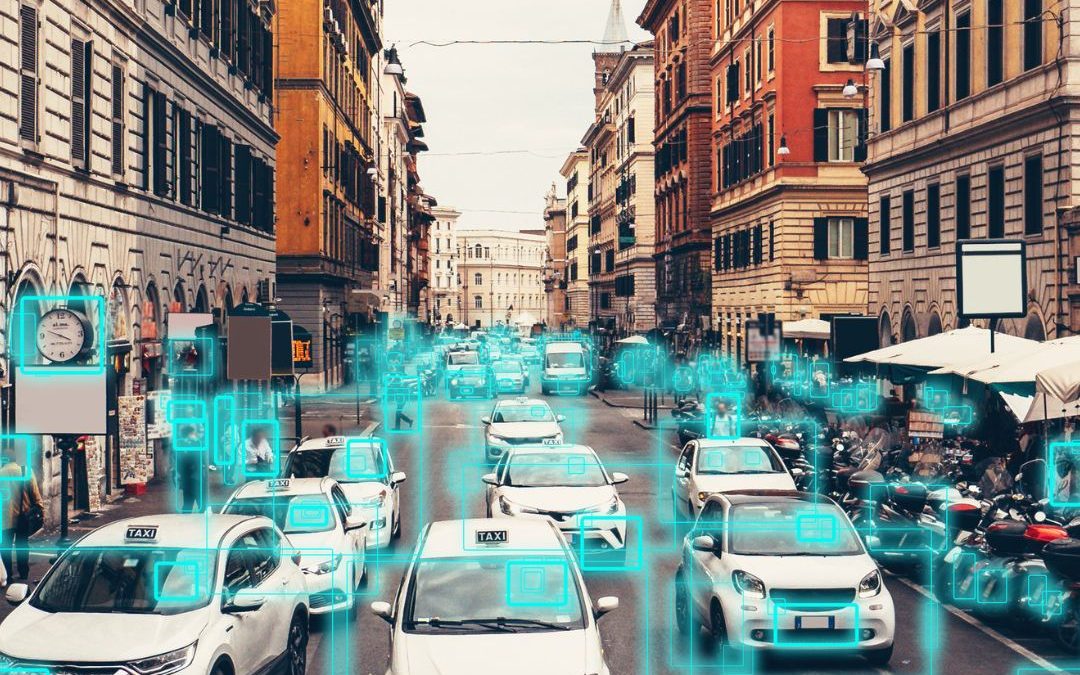The Five Most Key Takeaways from This Blog
- Auto dealers are going to have to get used to selling vehicles with more and more A.I. features.
- Though driverless cars are unlikely to be huge anytime soon, there are still plenty of A.I. systems that do not drive the vehicle itself.
- A.I.-powered so-called advanced driver-assistance systems (A.D.A.S.) are one of the more prominent areas of A.I. in automotive. So, might as well get ahead of the curve and learn about them now.
- Computer vision (C.V.) is one of the fields that makes such technology possible, by giving cars something like autonomous eyes and ears to analyze data in real-time to determine whether, for instance, an accident is about to occur on the road.
- What is accelerating the development here is that companies are using A.I. to train A.D.A.S.
The True Cars of the Future
Should those of us with even a passing familiarity with American cultural landmark The Jetsons (the far-into-A.D./C.E. complement to the B.C.-set The Flintstones) take a step back and admit something important?
Namely, that we collectively admit it strange that that show, which indeed had autonomous robots that would perform maid services for people in that show’s world, featured cars that could fly, sure, but still needed a human driver to operate?
Why not an autonomous car?
Though the cultural moment to truly take The Jetsons to task regarding the saliency of its futurism has likely passed, what we do have a sense of is that autonomous cars, rather than UFO-like cars of the flying variety, are indeed the true cars of the future. (The jury is still out on whether hoverboards will ever really be a thing.)
Though we are not quite at the point in history where autonomous cars become commonplace (here meaning, the average driver could expect to see at least a few times a week one such “auto” auto zipping about on the road), A.I. is already leading to significant upgrades to even driver-driven cars.
We break down the biggest A.I. addition, advanced driver-assistance systems (A.D.A.S.) below, which auto dealers are likely to see in the coming years.
Will A.I. Make Driving Safer?
To answer the literally bold question above, it is quite likely it will, so long as drivers do not expect A.I. to do the work that a driver’s attention should always be doing. Such as, you know, looking out for pedestrians on crosswalks.
That can serve as our ongoing A.I. example: an autonomous pedestrian-detection system in a vehicle.
Such object-detection software already exists, sure. Just think of the beep-beep-beeps that some cars bleat whenever you are backing out of a grocery store’s parking space and a person wheeling a cart decides to just go past your backing-out car.
However, advancements in A.I. are sure to make it better, in terms of reaction time and just pedestrian-detection acuity.
For auto dealers, here is what you can say about such technology: these can be good for common interactions (such as the grocery-store incidents) but may not be great for “edge cases” where people seem to quite literally come out of nowhere, if you are not on high alert.
Using A.I. to Train Cars’ A.I. Software
So here is a pretty interesting, innovative use case for generative A.I.: using it to generate training data that resembles data that would otherwise be culled from real-world data-collection methods.
So, instead of having to send out a team to collect road-conditions data from all angles, generative A.I.. can instead make up data streams resembling many modalities of a computer vision system.
That generative A.I. can generate data based on pre-existing vehicles’ sense-data, creating e.g. bird’s-eye-view lidar feeds despite there not being an actual bird’s-eye-view lidar capturing road conditions at that moment.
That content that generative A.I. creates will become the training data for an A.I. system, such as an A.D.A.S. pedestrian-alert A.I. that is meant to cut down on any collisions between the car and pedestrians.
The gen A.I. creates prediction content based on past data, so that predictive videos of e.g. potential vehicle paths in oncoming traffic can be readily generated in real-time.
What’s more, it can help solve the pesky edge-cases problem that is currently a significant limitation of A.D.A.S.
When gen A.I. can generate realistic, probabilistic edge cases to train the A.D.A.S. on, that can make it better in responding during real-life scenarios.
There is also an ethical bonus to that: instead of waiting for or artificially creating an “edge case” in real life, you can lower the risk by using unreal edge cases for training.


Recent Comments